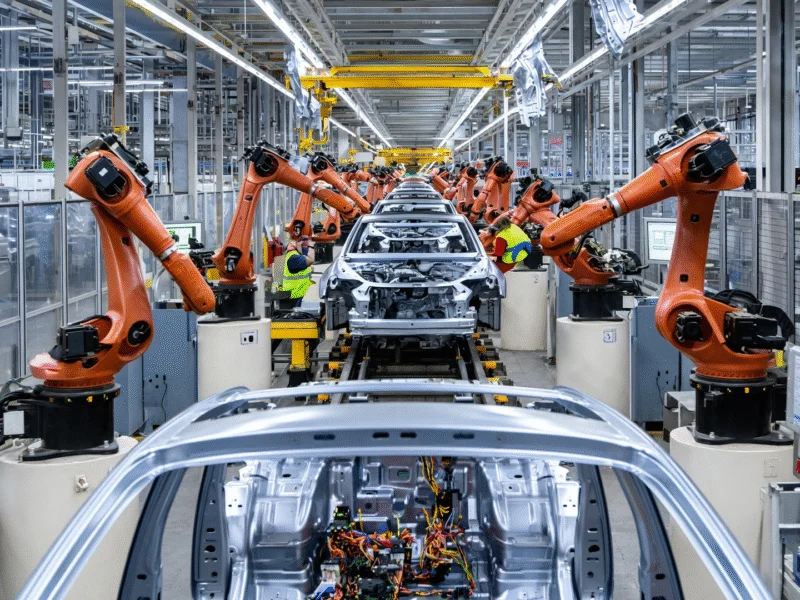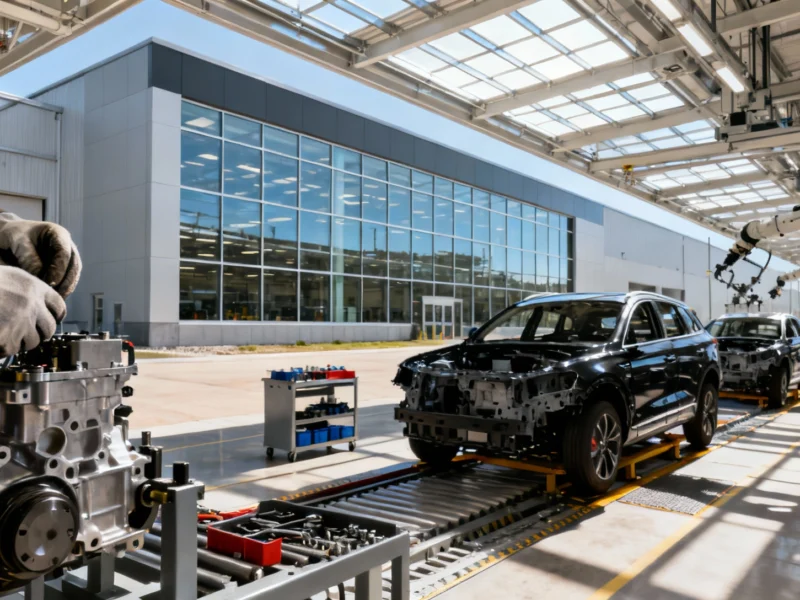Historic U.S. Investment Plan
Stellantis, the global automaker behind the Jeep brand, has announced what sources indicate is the single largest investment in the company’s history – a $13 billion commitment to its U.S. manufacturing operations over the next four years. According to reports, this massive investment will create more than 5,000 new jobs across multiple states while significantly expanding the company’s American production capacity.
“This investment in the U.S. — the single largest in the Company’s history — will drive our growth, strengthen our manufacturing footprint and bring more American jobs to the states we call home,” Stellantis CEO Antonio Filosa stated in the announcement. He emphasized that “accelerating growth in the U.S. has been a top priority since my first day.”
Midwest Manufacturing Expansion
The investment plan reportedly focuses heavily on the Midwestern United States, with significant expansions planned for facilities in Michigan and other key automotive manufacturing states. Analysts suggest this regional focus aligns with both the company’s existing infrastructure and current political incentives favoring domestic production.
One of the most notable aspects of the plan involves the reopening of the Belvidere, Illinois assembly plant, which had been a source of tension between the company and the United Auto Workers union since its closure in 2023. The report states that Stellantis will invest $600 million to restart operations at the Belvidere, Illinois facility, with production of Jeep Cherokee and Jeep Compass models expected to begin by 2027.
Regulatory Environment Shifts
The announcement comes amid significant changes in the U.S. regulatory landscape. According to industry analysts, the recent removal of penalties for not meeting CAFE fuel economy targets under President Donald Trump’s tax and spending legislation has altered automakers’ strategic calculations. This regulatory shift, experts suggest, has enabled manufacturers to continue producing internal combustion engine vehicles without facing previous restrictions.
Meanwhile, as the Supreme Court examines voting rights and other regulatory frameworks evolve, the UN continues warning about climate dangers, creating a complex backdrop for automotive investment decisions.
Broader Economic Context
The Stellantis investment occurs during a period of significant economic transition across multiple sectors. According to recent analyses, the AI industry faces financial pressures even as technology costs rise, while major infrastructure projects like a BlackRock-led $40 billion data center initiative demonstrate continued large-scale investment in the U.S. economy.
Sources indicate that Stellantis’s plans are designed to boost domestic production volumes at a time when the administration has been enacting tariffs on imported autos and parts. This strategic positioning, according to industry observers, reflects broader trends in regulatory environments that could reshape multiple industries while companies navigate financial accountability challenges in other sectors.
Production and Employment Impact
The company’s investment strategy reportedly includes adding new models to existing factories in Ohio, Michigan, and Indiana. According to the announcement, the vehicles listed in the plans include several internal combustion engine automobiles, suggesting a diversified approach to product development despite previous regulatory pressures toward electrification.
Industry analysts suggest this substantial job creation initiative represents a significant boost for regional economies in the Midwest, where automotive manufacturing has historically been a cornerstone of employment. The planned addition of over 5,000 positions, according to economic development experts, could have substantial ripple effects throughout supplier networks and local communities.
Sources
- https://www.industryweek.com/leadership/companies-executives/news/55323433/stellantis-to-invest-13-billion-in-us
- http://en.wikipedia.org/wiki/Stellantis
- http://en.wikipedia.org/wiki/Belvidere,_Illinois
- http://en.wikipedia.org/wiki/United_States
- http://en.wikipedia.org/wiki/Michigan
- http://en.wikipedia.org/wiki/Midwestern_United_States
This article aggregates information from publicly available sources. All trademarks and copyrights belong to their respective owners.



